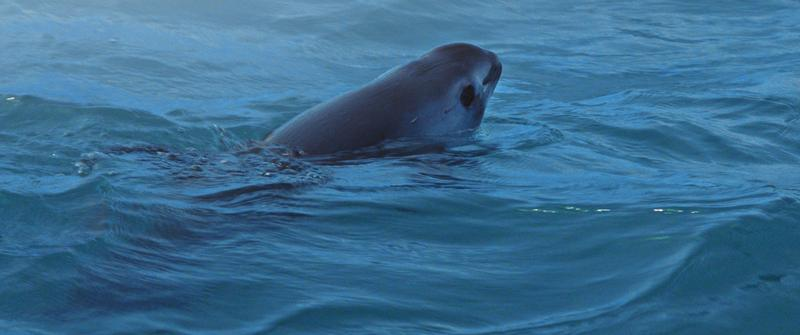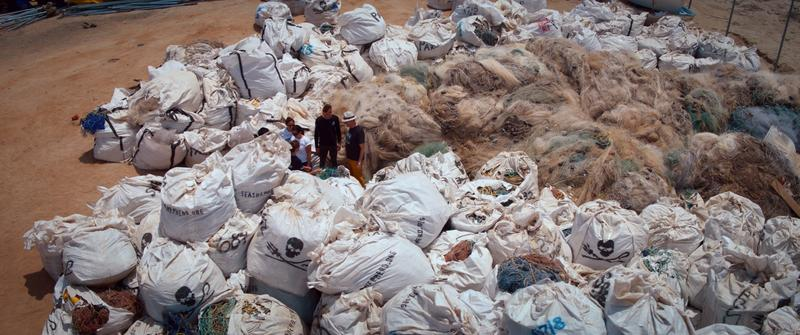Film Review: “Sea of Shadows” (National Geographic)
While Disney’s fictional live-action-looking film about lions in Africa is dominating the summer box office, National Geographic has an animal film of their own that is making waves at film festivals. Co-Produced by Leonardo DiCaprio, this thrilling documentary finds investigative journalists and animal activists trying to expose an organized crime ring that is responsible for bringing a species of whale to near extinction. Join them on a suspenseful and death defying mission in National Geographic’s Sea of Shadows.
Welcome to the Sea of Cortez, where illegal fishing nets are so common that the Vaquita Porpoise population has dwindled below 15 individual animals. The desired catch is a type of fish unique to this region called totoaba, the bladder of which is more expensive than gold in China for its perceived medicinal purposes, despite no scientific proof of its benefit. The region refers to it as the “Cocaine of the sea” and the crime ring is lead by the most dangerous drug cartels of San Felipe. A good chunk of the film follows Investigative journalist Carlos Loret de Mola who is digging into the situation, trying to find the Mexican individuals responsible for killing so many sea creatures in their attempts to catch more totoabas. Director Andrea Crosta of Earth League International is investigating the same case on a global scale, looking for links to other countries and trying to find out what happens on the receiving end in China.
When the cameras aren’t following the investigation on land, they’re out at sea following two groups. There’s Sea Shepherd, an organization that keeps constant watch on the illegal fisherman, trying to stop them and pull their nets out of the water before they kill too many animals. And there’s also Vaquita CPR, an organization hoping to provide a sanctuary for the endangered whales to help revive the species and learn more about them. A veterinarian on the team, Dr. Cynthia Smith, is the first to hear the heartbeat of a Vaquita and the footage here is the first time they’ve been captured on film in the wild.
Sea of Shadows is more graphic and thrilling than your average NatGeo documentary. The investigative team’s lives are at risk as the cartels learn what’s going on and they face greater risk when they find the involvement of the Chinese mafia. Their efforts will even require exposing corruption within the Mexican government in order to get them to take action to stop the environmental devastation.
The film carries a PG-13 rating, in part for its language. It’s not gratuitous, but the investigation is gritty and nothing is censored. There is also an on-camera human death in the film, on top of lots of deceased and decomposing animals. And if you’re disturbed by animal organs, know that there is a lot of footage with removed totoaba bladders or even the process of removing the bladder itself. If you’re seeing it in the theater, this is not a film you’ll want to snack through.
I give Sea of Shadows 5 out of 5.





